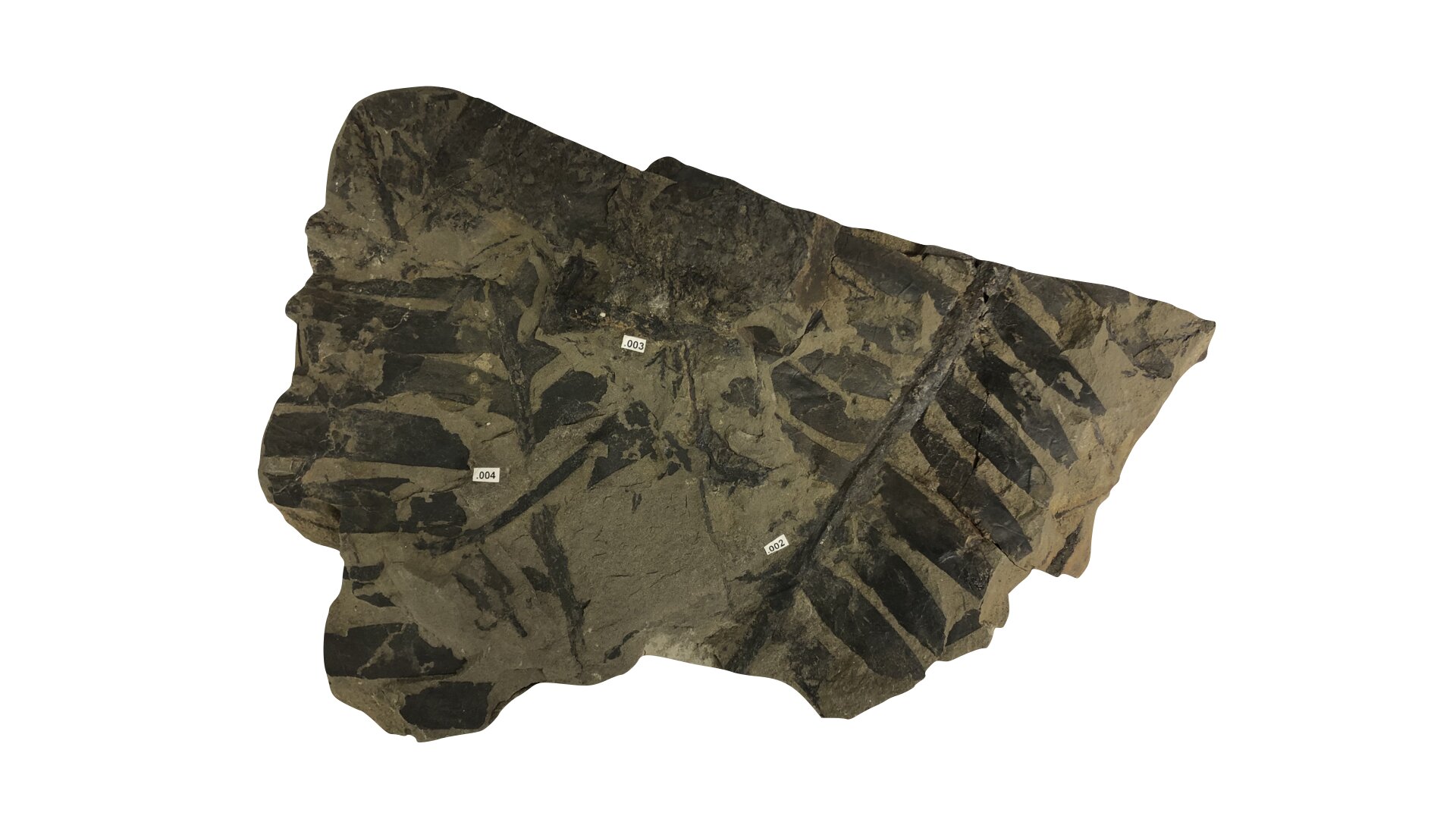Once a favored food of grazing dinosaurs, an ancient lineage of plants called cycads helped sustain these and other prehistoric animals during the Mesozoic Era, starting 252 million years ago, by being plentiful in the forest understory. Today, just a few species of the palm-like plants survive in tropical and subtropical habitats.
Like their lumbering grazers, most cycads have gone extinct. Their disappearance from their prior habitats began during the late Mesozoic and continued into the early Cenozoic Era, punctuated by the cataclysmic asteroid impact and volcanic activity that mark the K-Pg boundary 66 million years ago. However, unlike the dinosaurs, somehow a few groups of cycads survived to the present.
A study, “Nitrogen Isotopes Reveal Independent Origins of N2-Fixing Symbiosis in Extant Cycad Lineages,” appearing Nov. 16 in the journal Nature Ecology & Evolution has concluded that the cycad species that survived relied on symbiotic bacteria in their roots, which provide them with nitrogen to grow. Just like modern legumes and other plants that use nitrogen fixation, these cycads trade their sugars with bacteria in their roots in exchange for nitrogen plucked from the atmosphere.
unlike the dinosaurs
You mean like the dinosaurs, survived by avian dinosaurs which in turn evolved into modern birds.
Thank you.
And I went down a rabbit hole.
Fascinating article on how birds evolved from theropods: head size, feathers, overall size, beak, etc:
https://www.scientificamerican.com/article/how-dinosaurs-shrank-and-became-birds/
Fascinating! Thank you for the article!
Removed by mod




